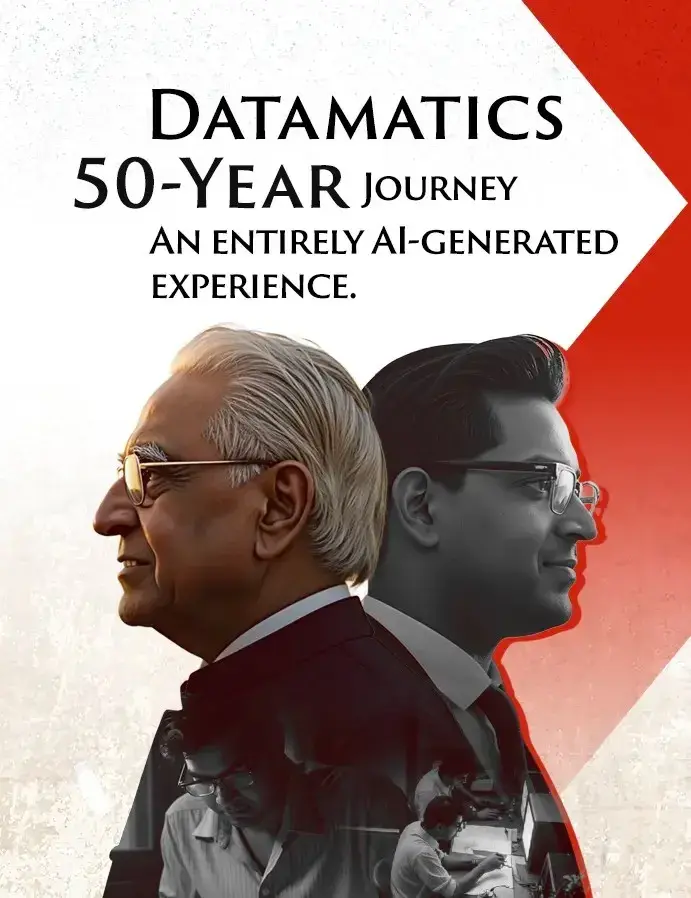Redesigning Risk: Dynamic Credit and Collections Strategies for Unpredictable Markets
by Navin Gupta, on Oct 4, 2025 5:11:36 AM
How Data-Driven, Intelligent Platforms Are Transforming Financial Resilience
In today’s volatile markets, traditional credit and collections processes—built for stability and predictability—are rapidly becoming obsolete. The digital economy has ushered in an era of constant change, where shifts in customer payment behavior and market conditions can happen overnight. Finance teams face increasing risk exposure, often before they have a chance to react. To stay ahead, organizations must embrace dynamic, adaptive strategies powered by real-time data and intelligent automation.

Limitations of Static Credit Models
Conventional credit frameworks depend on historical data and rigid rules, operating under the assumption that past behavior reliably predicts future risk. However, in today’s uncertain environment, this approach is fundamentally flawed. Economic disruptions, industry shocks, and changing customer circumstances can quickly turn low-risk accounts into potential liabilities. Static models fail to detect early warning signals, leading to delayed responses, higher bad debt, and missed opportunities for timely intervention.
Modern credit management platforms address these shortcomings by continuously recalibrating risk thresholds. Instead of relying on fixed scorecards, they ingest live payment data, monitor order cycles, and track external market triggers to dynamically adjust credit exposure. This enables faster decision-making, sharper risk controls, and models that evolve in real time alongside customer behavior.
Data Granularity: A New Competitive Edge
Success in credit and collections now relies on the ability to analyze granular data points, not just broad metrics or generic risk scores. By capturing and interpreting micro-patterns—such as subtle shifts in payment timing, frequency of orders, and dispute trends—finance teams can uncover emerging risks and tailor strategies at the individual customer level.
- Proactively identify risks before they escalate.
- Customize credit terms based on behavioral profiles.
- Confidently extend credit while minimizing potential losses.
CFOs who leverage this granular intelligence can move beyond one-size-fits-all strategies, achieving greater cash flow, stronger customer relationships, and an anticipatory, rather than reactive, finance function.
Intelligent Collections: From Back Office to Value Generator
Collections has traditionally been seen as a cost center—manual, repetitive, and often adversarial. Generic reminders and delayed actions not only hinder recovery but can also strain client relationships. With the advent of AI-driven automation, collections are being transformed into a strategic value driver.
- Accounts are prioritized based on real-time payment intent and risk factors.
- Personalized actions are recommended based on a customer’s past responsiveness.
- Automated outreach sequences use optimal timing, tone, and escalation paths to maximize engagement.
This shift turns collections into a proactive, customer-centric process that improves recovery rates while preserving valuable relationships.
Financial Agility: The Essential Capability
In the current landscape, agility is paramount. Anticipating risk is far more valuable than simply reacting to it. Leading organizations are embedding analytics and AI into their core risk management processes, building self-learning ecosystems that adjust in real time to changing market signals and customer behaviors.
- Accelerate decision cycles for faster risk response.
- Safeguard liquidity even in volatile conditions.
- Balance risk mitigation with strategic growth.
This level of agility ensures that finance teams remain competitive, liquid, and resilient—regardless of market turbulence.
Conclusion: Real-Time Risk Redesign Is Imperative
Organizations that persist with outdated credit and collections models are increasingly vulnerable to sudden market shifts. The future belongs to those who adopt intelligent, adaptive financial ecosystems—powered by platforms like FINATO: Finance Automation Solution— that enable real-time risk management and proactive decision-making.
For finance leaders, the mandate is clear: evolve beyond static frameworks. Embrace AI-powered, data-driven strategies that protect liquidity, build customer trust, and position the enterprise for long-term success in any market environment.

















